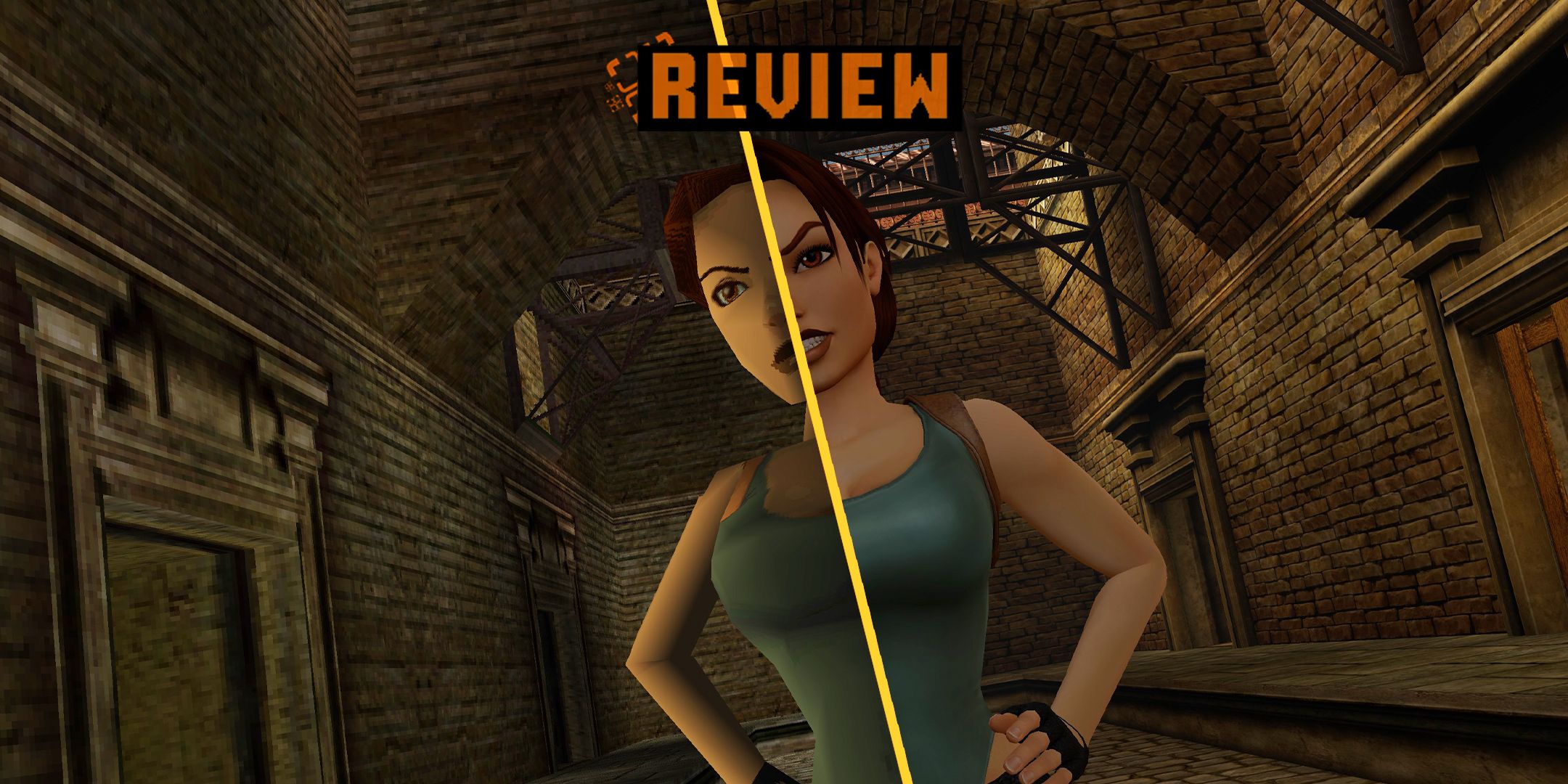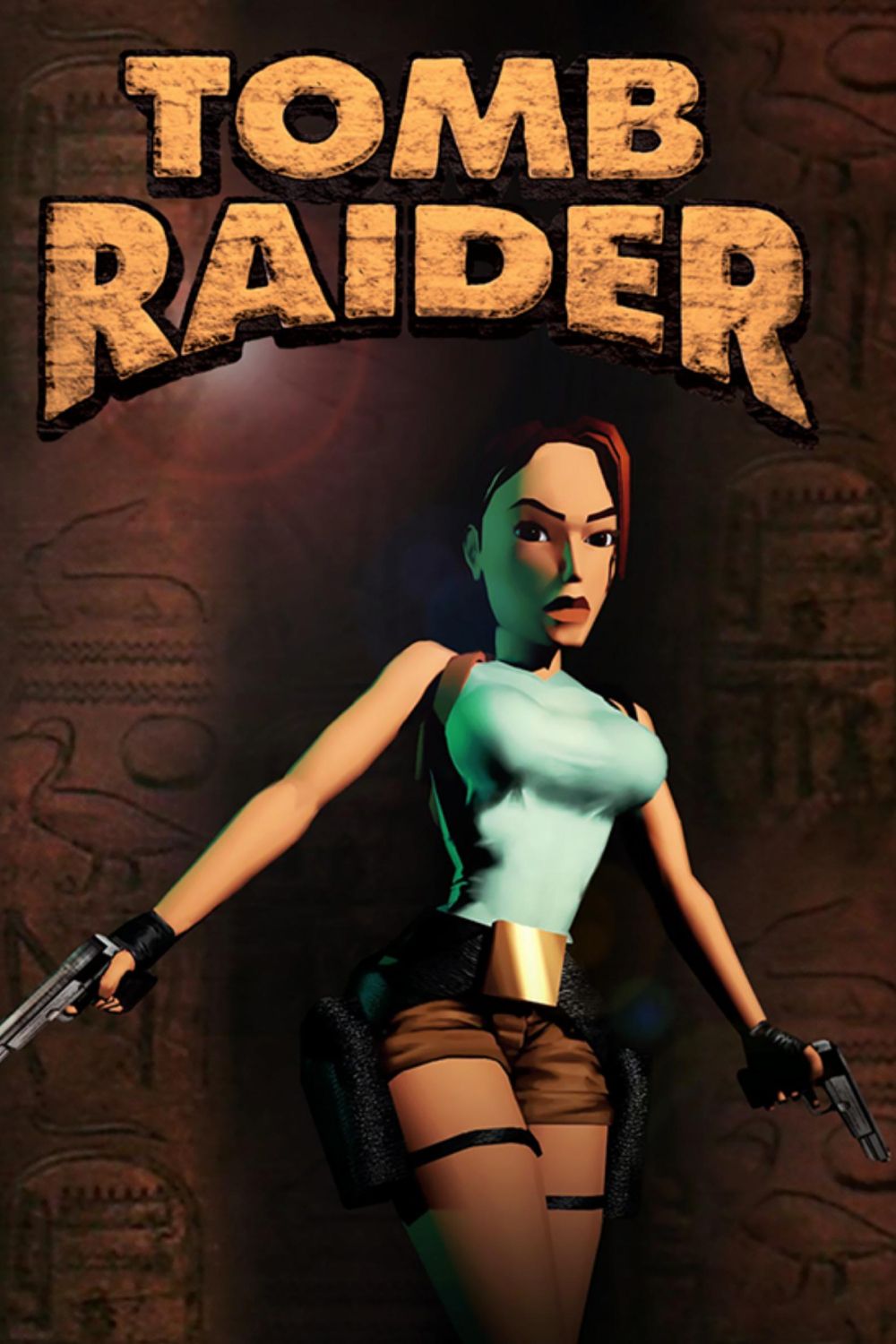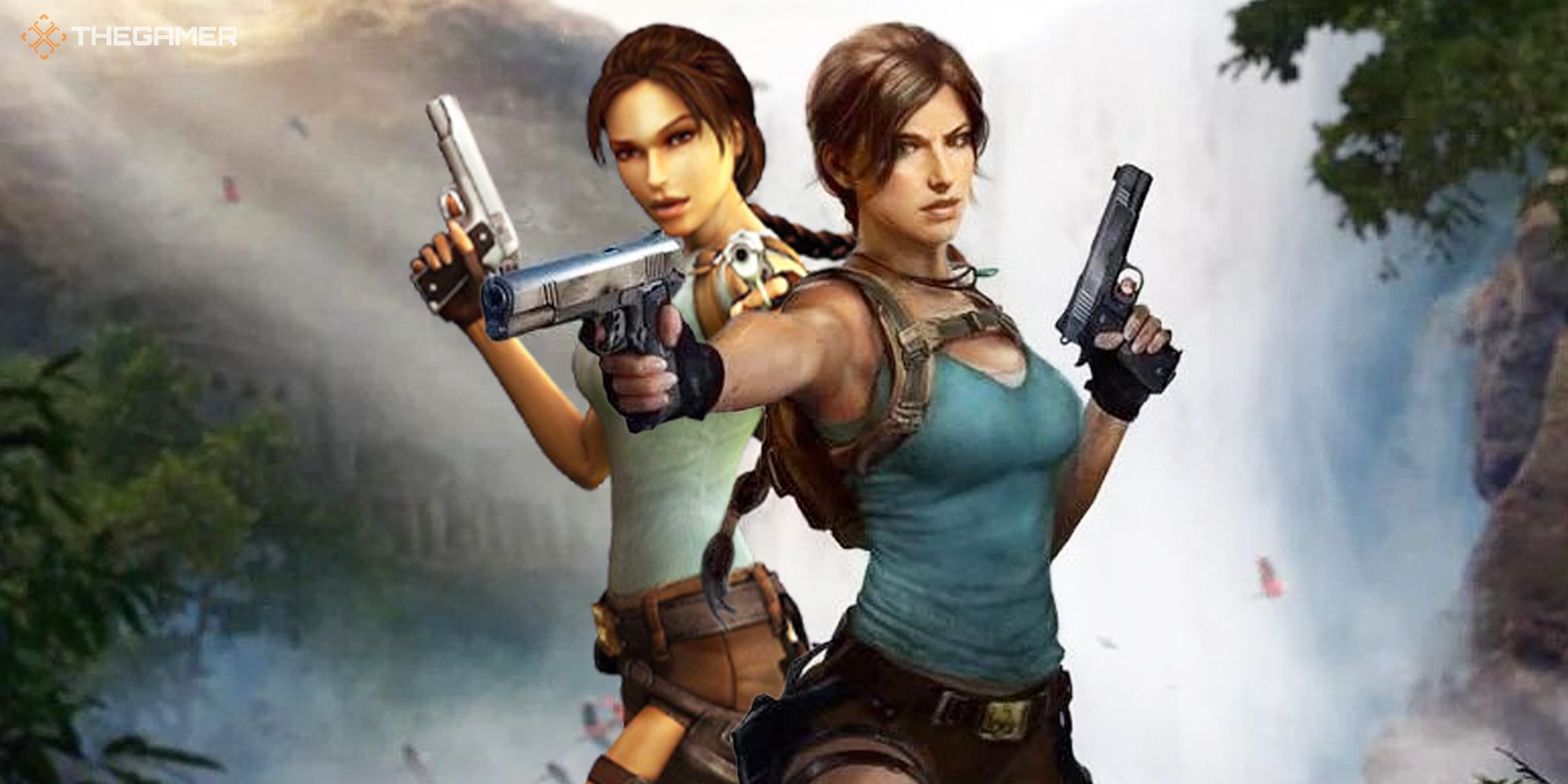Summary
- There’s life in Tomb Raider yet, as Crystal Dynamics is hiring for what appears to be a new game in the series.
- The studio is putting together a “strike team”, which is typically a short-term group of developers with a singular goal, putting aside all other responsibilities.
- Sometimes, it can indicate that a project is nearing the end of development, but that’s not always the case.
There hasn’t been a new Tomb Raider game in nearly ten years, aside from the remastered collections. In that time, a lot has changed behind the scenes at the House of Croft.
In 2022, Square Enix sold developers Crystal Dynamics and Eidos-Montréal, as well as several legendary IPs — including Tomb Raider — to Embracer Group for $300 million. Even before the deal was closed, the Karlstad-based publisher expressed an interest in sequels and remasters. However, Eidos-Montréal, Shadow of the Tomb Raider’s developer (Crystal Dynamics stepped into a support role while it focused on Marvel’s Avengers), instead began work on a new Deus Ex game, only for it to be cancelled in 2024.

Related
Tomb Raider 4-6 Remastered Review: Same Remaster, Worse Games
Stepping back into the downfall of classic Tomb Raider is a fascinating, if frustrating, experience.
Little has been said about a new Tomb Raider game in the years since the acquisition, other than Amazon striking a deal with Crystal Dynamics to develop the next major entry, but as reported by VideoGamer, a new job listing shows that the long-awaited sequel is still in the works, and might even be nearing the end of its development. Though, fair warning, it’s worth taking that claim with a grain of salt.
“We’re Looking For A Seasoned Designer”
Crystal Dynamics is looking to hire a senior level designer who will “Spearhead strike teams as a high-impact individual contributor”. Strike teams can mean that a game is in the final stages of development, as explained in Game Developer’s postcard from GDC Europe, so the new Tomb Raider might be nearing completion after nearly a decade. But that’s not always the case.
Strike teams are typically brought in as a short-term, cross-discipline group of developers to laser in on a high-priority issue (such as the game being unstable and needing to be optimised so that it can be playtested). As they drop all other responsibilities to focus on one area of a game, wires can get crossed between departments, leading to confusion of authority. That’s why NCSoft in particular (cited in the GDC postcard) often used strike teams towards the end of development. However, it also used them towards the end of milestones or even in the alpha stage, so it’s not a set rule.
Either way, that’s one company from 20 years ago — it doesn’t necessarily apply here, and plenty has changed about game development in the decades since. But even if Tomb Raider isn’t nearing the end of its development, it’s a sign of life, and with no other news, that’s something.

Tomb Raider
- Released
-
November 14, 1996
- ESRB
-
T For Teen // Animated Blood, Violence
- Developer(s)
-
Core Design, Aspyr
- Publisher(s)
-
Eidos Interactive
- Engine
-
Crystal Engine
- Multiplayer
-
Local Multiplayer


